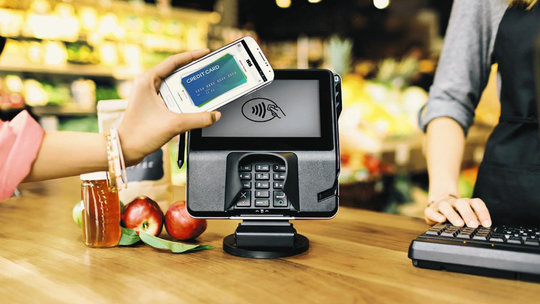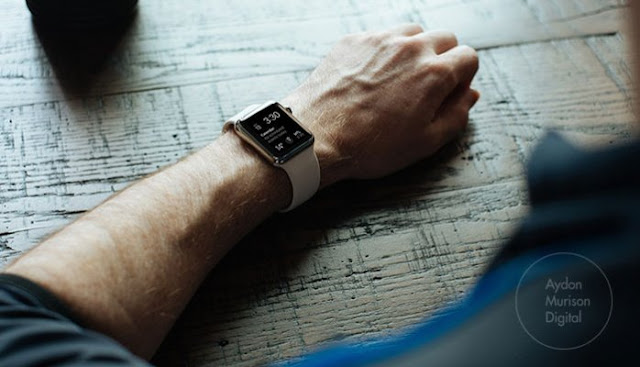iTech Dunya is a technology blog that specializes in tech-related topics.Our GOAL is to produce high-quality content for our millions of readers.
Now, anyone who knows me well knows that I can be somewhat an impatient person; I want things done and I want them done yesterday. So when it comes to queuing, well, let’s just say queues are really not my thing!
Whilst Clerkenwell is admittedly the gastronomic hub of London it presents major challenges for media lovers and tech geeks. An apparently simple task such as finding a place to grab a hot meal to go is a ruddy nightmare. Today, I had some tough deadlines and was of course bombarded with queues. Getting rather ticked off, I decided to walk a bit out my way, partly to calm my nerves and see what the nearest supermarkets *Waitrose* can offer *other than the dreadful dry sandwiches served by others in the area*.
Browsing for the Waitrose hot food counter I came across a new food department with a sign of Waitrose testing new Payment systems – Apple Pay.


I have always been partial to food at Waitrose to be fair so I know what I was getting. They might as well have called it a Waitrose NO NONSENSE Section. Using apple pay I was in and out in under 3mins with no need to go to the tills.
This is not the first retailer to introduce this method; Apple Retail has being doing it for years and rather successfully. Waitroses’ new payment initiative demonstrates that technology, when used correctly is vastly rewarding. So why aren’t more retailers looking into this? How many brands view technology as a hindrance rather than a solution for their customers who are starved of time (and occasionally food!)? Are there that many people who sadistically secretly love queues? Lots to ponder. Happy to take input from the wider readers…








